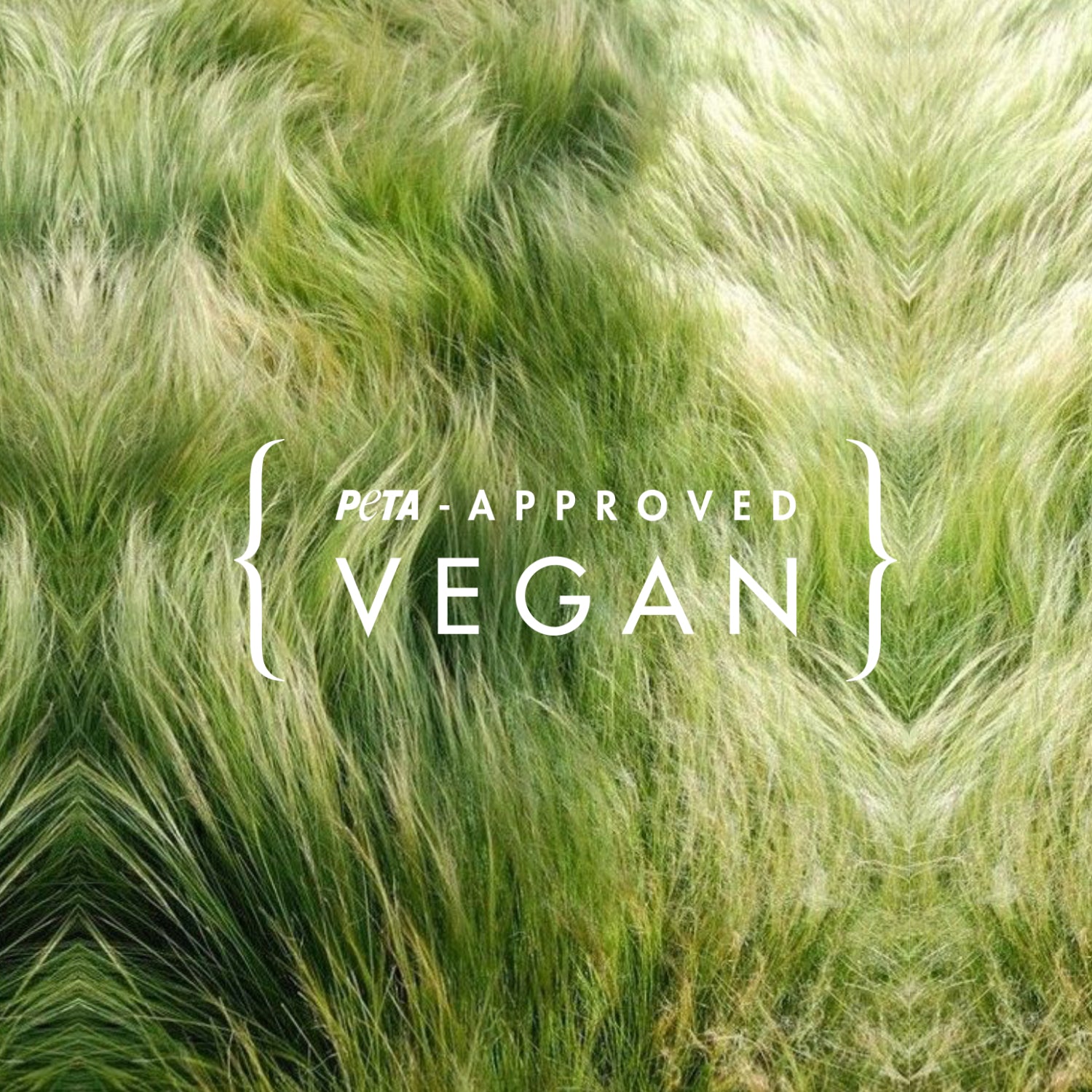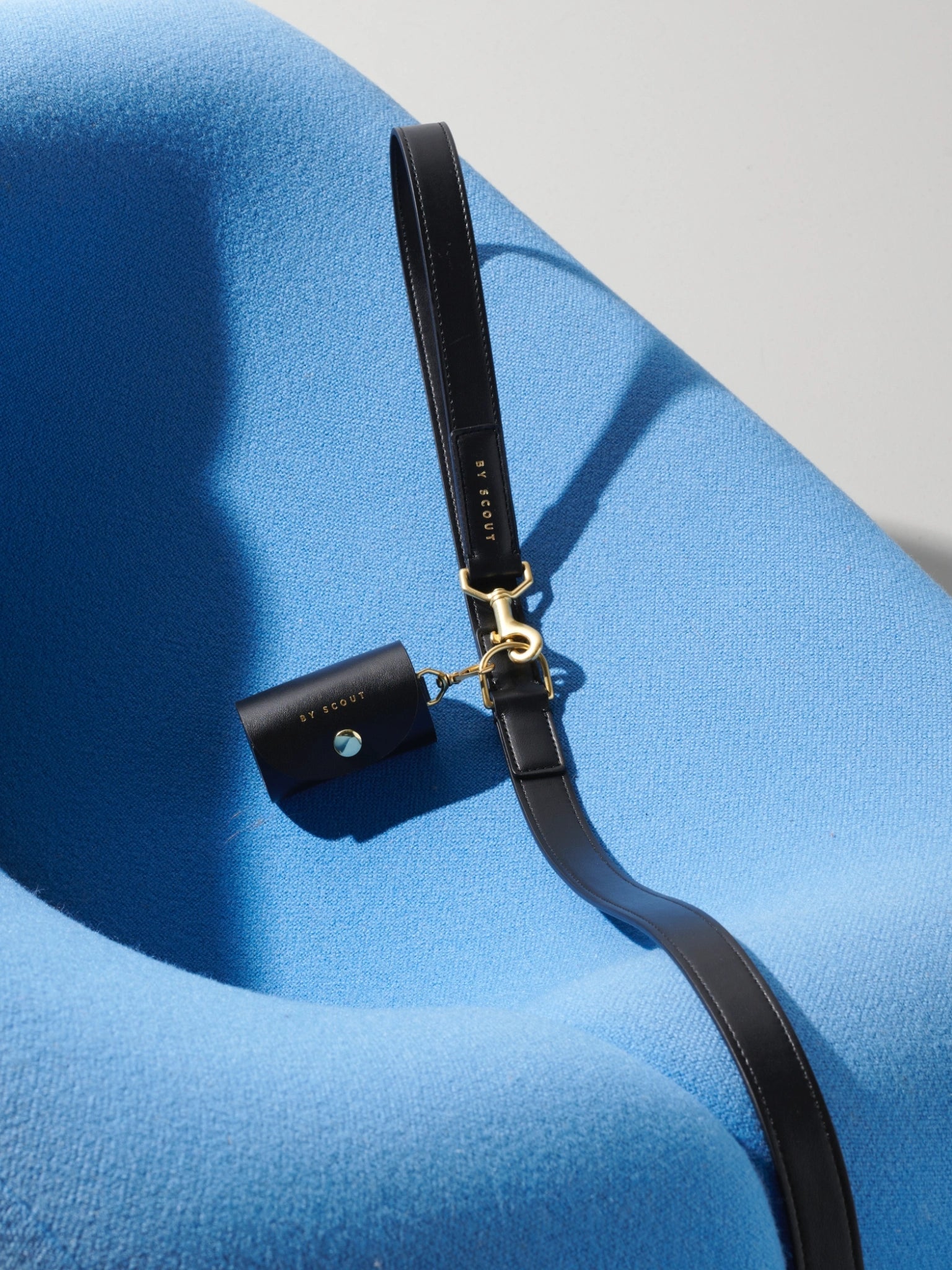About BY SCOUT
From our humble beginnings in 2012 in the U.S. to our current headquarters, nestled in England's lush green valleys, our journey has always been dedicated to high-quality craftsmanship and scouting...

The belief that only animal leather exudes luxury is outdated.The future of premium materials is cruelty-free, sustainable, and just as refined—if not better—than the past.
From the very beginning, BY SCOUT has been passionate about creating unique, high-quality products for our beloved dogs and their humans—always in a sustainable and compassionate way, one that is far less harmful to our planet and kind to fellow animals.
Using animal leather does not align with our mission to protect both the environment and animals, making it incompatible with our commitment to sustainability and ethical craftsmanship.
Leather might be synonymous with luxury, but its environmental cost is anything but refined. The industry is a major contributor to deforestation, particularly in the Amazon, where nearly 80% of cleared land is used for cattle ranching. The tanning process, reliant on toxic chemicals like chromium, contaminates waterways and harms surrounding ecosystems. Meanwhile, the staggering 15,000 liters of water required to produce just one kilogram of leather adds to the strain on our planet’s resources. On a global scale, cattle farming—driven in part by leather demand—accounts for 14.5% of all greenhouse gas emissions, largely due to methane. With such an immense environmental footprint, it’s clear that leather is anything but sustainable.


"The greatest compliment we receive from customers is their disbelief that the product in front of them is made from repurposed apples—because everything about its premium look and luxurious feel convinces them it must be refined animal leather."
For years, artificial leather has been dismissed as inferior to traditional animal leather—thought to be less durable, less luxurious, and simply a cheap alternative. But innovation has completely reshaped the landscape. Today’s high-quality vegan leathers are not only as strong and long-lasting as animal leather, but they also offer greater versatility, softness, and premium finishes that rival even the finest hides.
Many luxury brands are now turning to next-generation materials made from apples, mushrooms, and cactus, which mimic the texture, flexibility, and durability of traditional leather—without the environmental or ethical costs. Unlike animal leather, which cracks, stains, and requires intensive care, advanced vegan leathers are often more water-resistant, easier to maintain, and free from toxic tanning chemicals.
The belief that only animal leather exudes luxury is outdated. The future of premium materials is cruelty-free, sustainable, and just as refined—if not better—than the past.


While both animal leather and artificial leather serve the same purpose, their environmental impact—and ethical implications—differ drastically. Animal leather is not only resource-intensive but also tied to immense animal suffering
Artificial leather, though often made with synthetics like PU or PVC, still has a lower footprint. It requires up to 20 times less water to produce and eliminates the need for livestock, significantly reducing methane emissions and deforestation.
And then we've not yet included bio-based alternatives - like the one we use made from repurposed apples, further minimize reliance on fossil fuels.
Most of us are shocked to learn that there are no global labeling regulations for leather products. This means brands aren’t required to disclose what animal the leather comes from, where it was sourced, or how it was produced. As a result, consumers are left in the dark—unwittingly buying products that may involve animal cruelty, child labor, or severe environmental harm.
In some cases, leather made from dogs or cats, particularly in countries like China, can enter global markets without detection. With no transparency, even well-intentioned shoppers can't make ethical choices, and brands face no accountability for misleading claims like "sustainable" or "ethical" leather.
The lack of regulation doesn’t just obscure the truth- it enables a global system built on exploitation, greenwashing, and hidden suffering.
An estimated 85% of leather comes from animals raised in intensive factory farms, where they endure cramped, inhumane conditions - often exempt from the very cruelty laws that protect our beloved pets.
Animals raised for food (and by extension, leather) often have far fewer legal protections than companion animals. For example, in the U.S., federal animal welfare laws like the Animal Welfare Act do not apply to farmed animals during most of their lives, especially in factory farm settings.
In the relentless pursuit of cheaper leather, much of the industry has shifted production to countries like China, India, Brazil, and Russia. Of which China alone dominates over 25%. These countries often have weaker labor protections, lax environmental regulations, and poor animal welfare standards—conditions that allow mass exploitation to thrive.
From our humble beginnings in 2012 in the U.S. to our current headquarters, nestled in England's lush green valleys, our journey has always been dedicated to high-quality craftsmanship and scouting...
Discover how to use our fully adjustable rope leash, made for endless enjoyable walks with your pooch.
How to measure and fit the perfect dog harness. BY SCOUT dog harnesses are made from dogs for dogs of all shapes and sizes, of the most desirable premium materials...
The belief that only animal leather exudes luxury is outdated.The future of premium materials is cruelty-free, sustainable, and just as refined—if not better—than the past.